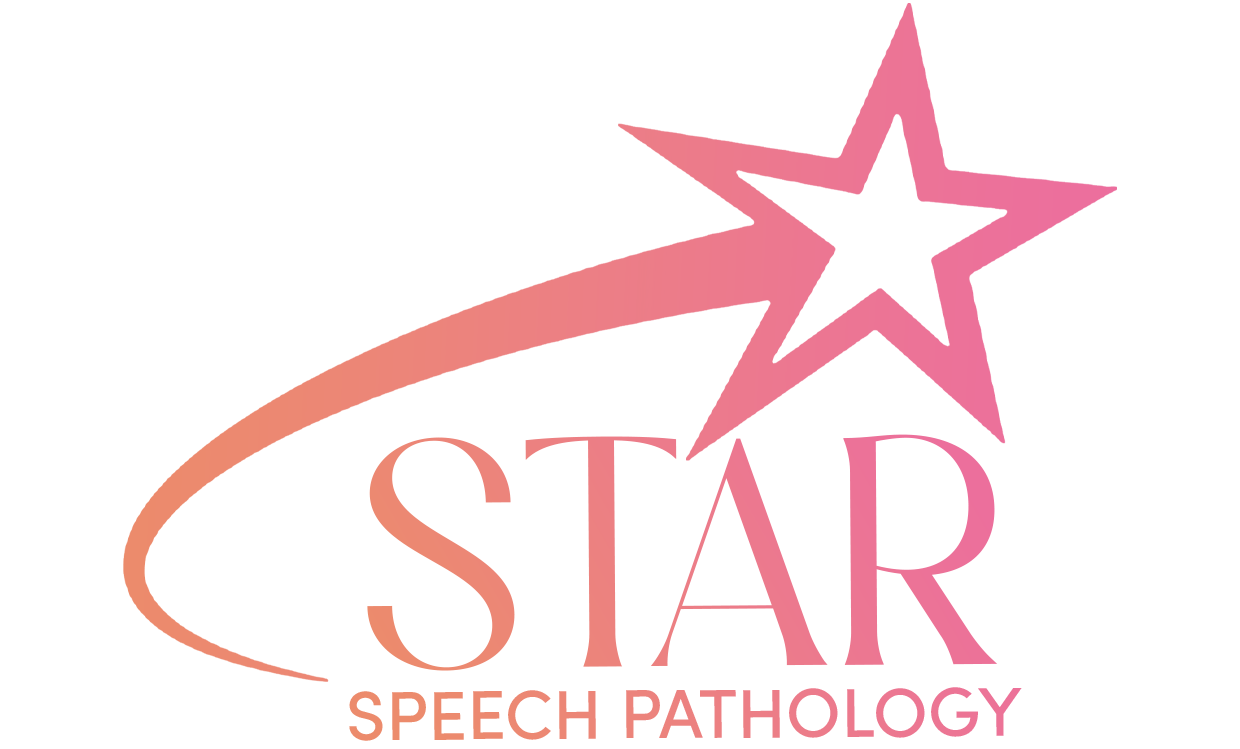Frequently asked questions
For your convenience, here are some frequently asked questions. If you have any other questions or concerns please feel free to contact us.
Speech pathologists treat a wide range of conditions, including:
- Articulation disorders, such as difficulty producing certain speech sounds
- Language disorders, such as difficulty understanding or expressing language
- Voice disorders, such as hoarseness or vocal cord nodules
- Fluency disorders, such as stuttering
- Cognitive-communication disorders, such as difficulty with attention, memory, or problem-solving related to communication
- Swallowing disorders, such as difficulty swallowing or drooling
Anyone can benefit from seeing a speech pathologist, but some common populations that may benefit include:
- Children with speech or language delays or disorders
- Adults with speech or language impairments due to a stroke, traumatic brain injury, or degenerative disease
- Individuals with voice disorders, such as professional singers or actors
- Individuals with fluency disorders, such as stuttering
A typical therapy session with a speech pathologist will involve an assessment of the individual’s communication abilities, followed by the development of a treatment plan. The therapy sessions may include exercises and activities to improve speech, language, voice, or fluency skills. These exercises may include:
- Articulation exercises to improve speech sound production
- Language exercises to improve vocabulary, grammar, and sentence structure
- Voice exercises to improve breath control, pitch, and volume
- Fluency exercises to improve smoothness of speech
The length of time it takes to see improvement will vary depending on the individual and the specific condition being treated. In general, children tend to make quicker progress than adults. However, with consistent therapy and practice, most individuals will see improvement in their communication abilities over time.

